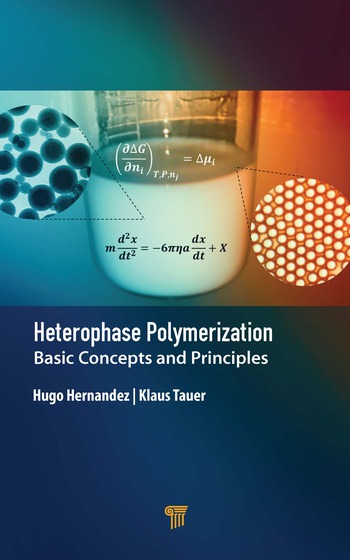Ask Dr. Dave
QUESTION: Do solid sticks and gel threadlockers work as well as liquid versions?
ANSWER: Most people who use anaerobic threadlockers use liquids that come in the traditional red or blue tubes or bottles. These work fine for most applications, but the liquids have a tendency to drip and are quite tricky to use in certain situations, like overhead assembly applications. Both the stick and gel products overcome this weakness. The stick products come in a "propel" type container that looks just like an industrial Chap Stick container. This container is highly functional, can be operated using one hand and allows one to rub the product onto threads or to rotate the threaded component across the stick. The gel product is supplied in a distinctive "propel-repel" container with a nozzle and transparent cap. While this container can also be operated using one hand, it does require some practice. The real benefit of the gel product seems to be in treating difficult-to-reach threads, such as some studs and partially assembled fasteners, and also female threads where the nozzle really helps in applying the product. I have not tested the performance properties of the products, but information from the manufacturers indicates comparable performance to the liquid versions. I wouldn't hesitate to add both of these products to my toolbox.
QUESTION: We are constructing research water tanks that will include windows submerged from one side, but not under any significant pressure. Is there a suitable sealant to fix the glass pane to the steel frame? Is there a suitable sealant to fix the tank's steel frame into a concrete wall?
ANSWER: For attaching the glass pane to the steel frame, you might consider a high-performance RTV silicone. These products have been used in aquarium construction for many years. However, it is very important to have the correct joint design so that the silicone is acting mainly as a sealant and is not exposed to large stresses. You should also be sure to get a specific recommendation from one of the major silicone manufacturers, as only a few RTV silicones are suitable for this application.
For attaching the steel frame to a concrete wall, you might try a high-performance epoxy adhesive sealant or polysulphide sealant. A primer may be necessary for good adhesion; your supplier should be able to make a more specific recommendation.
Q&A Exchange is written by Dr. Dave Dunn of F.L.D.Enterprises, a technical consultancy and full-service industrial market research firm specializing in the adhesives, sealants, specialty rubbers, and plastics fields. Dr. Dave is a former vice president and director of Loctite Corp., and has spent many years troubleshooting adhesive and sealant problems. Questions for publication should be directed to him at 242 Trails End, Aurora OH 44202; (330) 562-2930; FAX (865) 251-9687; e-mail DrDave242@att.net ; or visit http://www.fldenterprises.com .
Looking for a reprint of this article?
From high-res PDFs to custom plaques, order your copy today!





